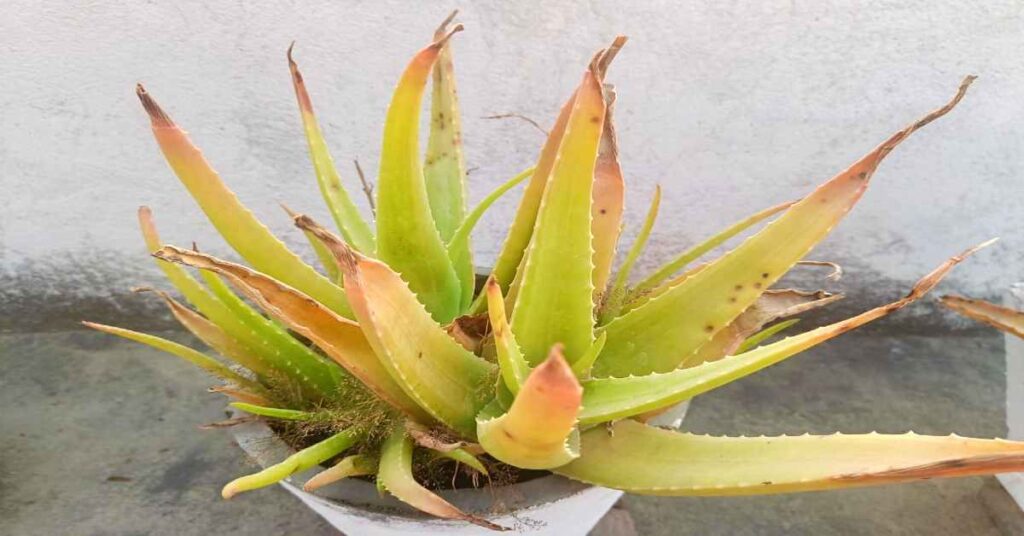What is Catnip?
Nepeta cataria, sometimes known as catnip, treats many human diseases as well as produces pet toys. Some veterinary professionals lack much knowledge of this plant. The herb Nepeta cataria belongs to the Labiatae subfamily of mints. Some of its other names include catnip, catmint, catrup, catwort, nip, nep, and field balm. Although, the term “catnip” seems to start from cats’ enjoyment of the plant. It is usually taken internally in the form of tea prepared from its leaves or applied externally as an oil made from the plant’s leaves. Catnip benefits as an extract in tea, juices, and tinctures in addition to its culinary applications. Also, Catnip was traditionally used as a natural cure for many illnesses.
What are Catnip’s traditional benefits?
It was originally a type of “folk medicine” that was commonly used to cure asthma, colic, diarrhea, and other conditions. These days, catnip tea is typically drunk for its relaxing properties. It is also supposed to encourage relaxation and lessen tension.
People have been preparing and using catnip for a long time. It was first smoked and chewed and afterward used as a tea, juice, tincture, infusion, and poultice. As more potent medications came to market, they lost popularity. People have started using it for its hallucinatory effects lately. A colorful remark from Sydenham recounts how the tea and infusion successfully treat nervous system issues. The “strong and noisy smell, to recall the exorbitant and deserting Spirits to their proper Stations,” was how he explained catnip’s effects. It has a calming effect and treat hysteria, lunacy, and nervous headaches.
Benefits & side effects of Catnip doses
The opposite effect comes about from the plant’s roots. According to one source, chewing the root will turn even the most silent individuals feisty and aggressive. It appears that catnip was intentionally used for both its ability to calm the nervous system and as a mild stimulant. One ounce (about 28 grams) of tea is set in one pint (473 mL) of boiling water. Adults should consume two to three tablespoons (30-45 mL), while youngsters should consume two to three teaspoons (10-15 mL). Emesis occurs after taking too much tea. Reproductive assistance for women was claimed. To start menstruating, the tea serves as an emmenagogue. Another method of consuming it was as freshly extracted juice of the green herb; one tablespoon (15 mL) serves three times each day to promote menstruation. Catnip tea may facilitate parturition and encourage placenta follicle evacuations.
Catnip was a remedy for infantile colic (antispasmodic) as well as flatulence (carminative). It also relieves from hiccups. A newborn may have had a convulsion as a result of an overdose, according to one anecdotal report.
Origin
The early immigrants brought catnip to America as a garden herb, and it later became naturalized in North America. Catnip is native to arid regions of the Mediterranean, Europe, Asia, Eurasia, and Africa. In addition to being widely employed as a domestic folk treatment, catnip is also used as an ornament and in food.
Description of Catnip
Catnip and mint plants belong to the same family. It is a perennial herb with an opposing leaf arrangement and a square stalk. At the tips of the flowering branches, it produces numerous little tubular flowers that are white or pale lavender with purple spots. The plant blooms in the summer and can reach a height of around 3 feet.Near the plant’s top, the heart-shaped leaves are frequently clustered together and have scalloped edges that range in color from grey-green to green. It is possible to grow the plant from seeds or root divisions. The catnip plant thrives in soil that drains well and has a pH between 5 and 7.5. It is generally hardy in Louisiana. It thrives in environments with full sun and an average annual temperature of 450–660 F.
Chemical constituents that shows Catnip Benefits
The terpene nepetalactone, which has a total of 10 carbons and mainly contains two isoprene units, is the active component of catnip (Nepeta cataria). Other compounds are Sabinene, α-Pinene, and β-Pinene, Triplal, α-Humulene, Spathulenol,6,10-dimethyl-2-undecane,4a-α,7-α,7a-β-Nepetalactone,4a-α,7-β,7a-α-Nepetalactone and 1-Cyclohexen-1-yl-methyl ketone.
Catnip Health benefits
Part 1- Catnip benefits
- Effect on the nervous system: Catnip benefits enable it to treat and prevent diseases that affect the central nervous system. As a result, it has very powerful natural remedy for people with conditions such as Alzheimer’s disease, Parkinson’s disease, sleeplessness, vertigo, indigestion, and anxiety caused by anxiousness.
- Improve sleep: The plant catnip has become known for efficiently treating insomnia and disturbed sleep. Nepetalactone, a component of catnip, has a calming and sedative effect, making it a natural sleep aid. In place of pharmaceutical sedatives that have well-known negative effects and induce sleep, this natural herb is a safe sedative. Before retiring to bed, a cup of catnip tea can greatly improve the quality of your sleep.
- Speed up the healing process: Increase in sweat from catnip protects germs and toxic poisons from remaining in the body and vigorously flushes them out. The body’s healing process is mainly speeding up as a result, and also uses as an alternative medication to treat fever and the common cold.
Part 2- Catnip benefits
- Effect on the digestive system: Catnip herb and tea benefits includes Constipation, stomach bloating, cramps, acidity, and other digestive issues. Additionally, it soothes discomfort and tightness in the stomach and helps to lessen and eliminate gastrointestinal system inflammation.
- Anti-inflammatory property: Catnip treats inflammatory conditions like gout, strained muscles, arthritis, and hemorrhoids. Also catnip tea or catnip administered topically to the problematic area can help get rid of and lessen inflammatory symptoms.
- Treat menstrual systems: Catnip benefits include to get rid of menstrual cramps in addition to addressing typical menstrual disorders like mood swings, depression, and restlessness. Women with menstrual cramps should drink catnip tea, which relieves the agony and hastens the healing of the break.
- Alleviate headache: Catnip benefits to treat Chronic migraine and headaches. The herb’s calming and sedative properties help to successfully reduce migraine discomfort and promote calmness.
- Help in weight losing: Catnip is a wholly functional food ingredient in and of itself. It has various nutrients such as acetic acid, nepetalic acid, sodium, phosphorus, manganese, and sulfur as well as various minerals. Catnip herb causes more sweat because it is sticky. This makes it possible for all harmful substances to eliminate from the body, boosts metabolism, and ultimately speed up the rate at which the body burns fat.




